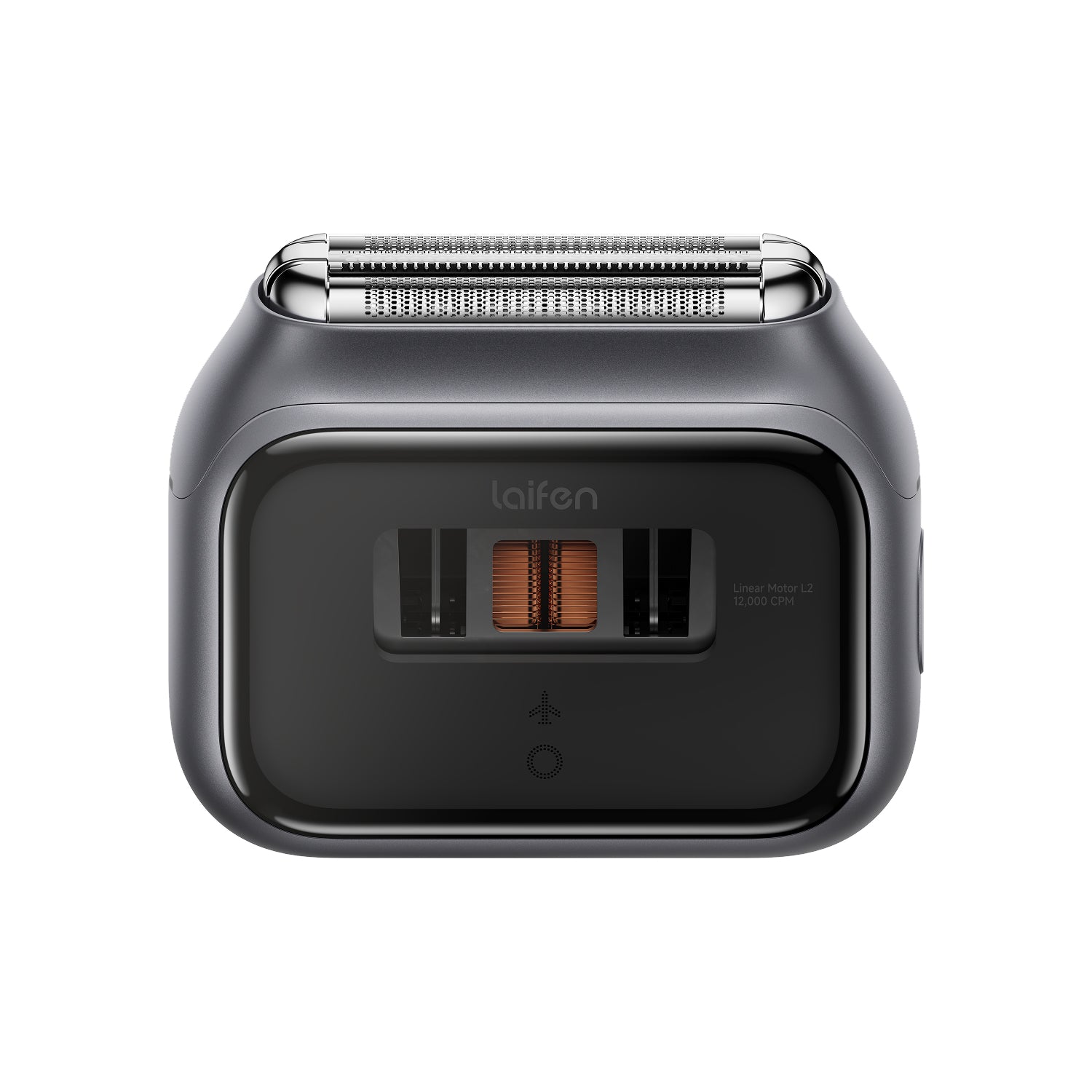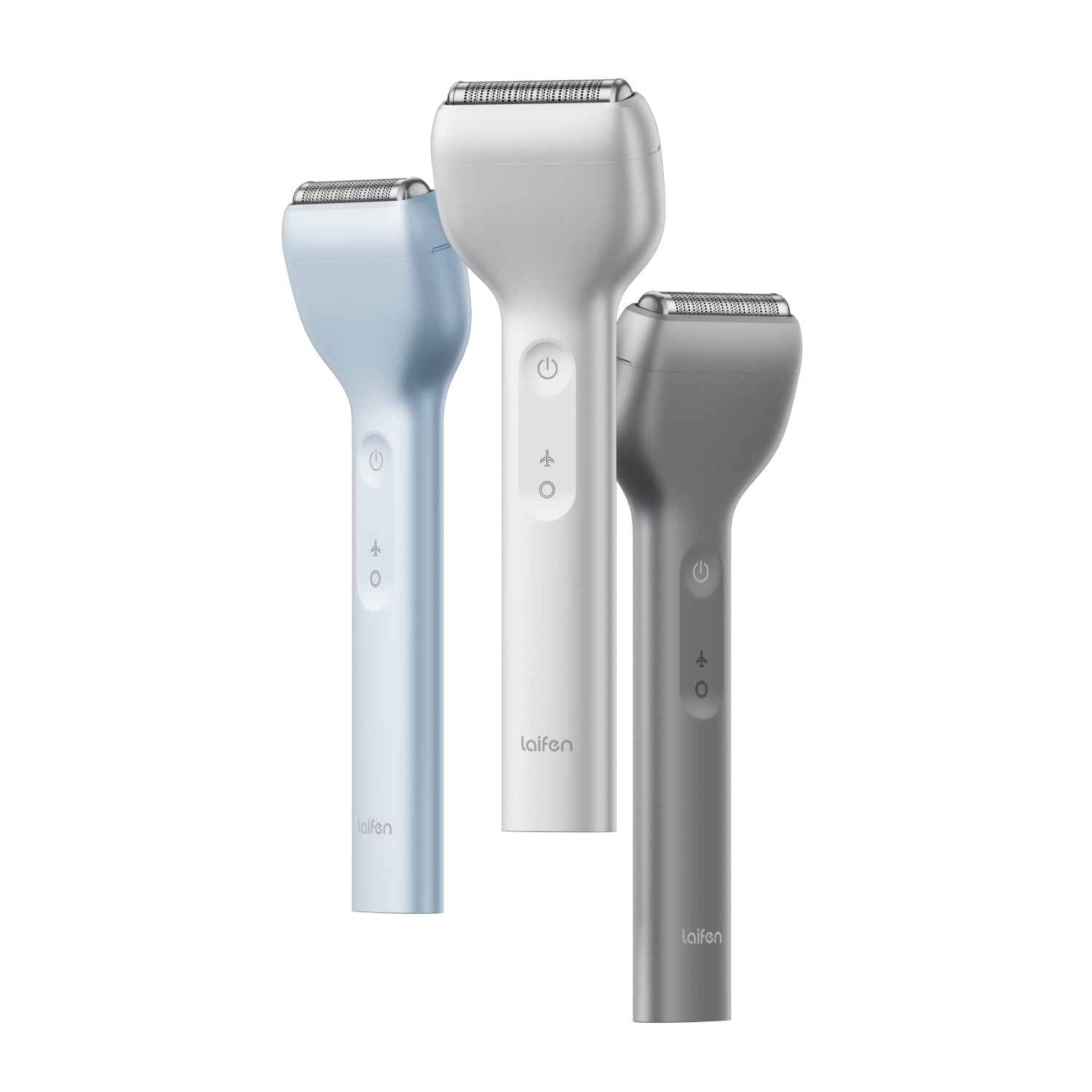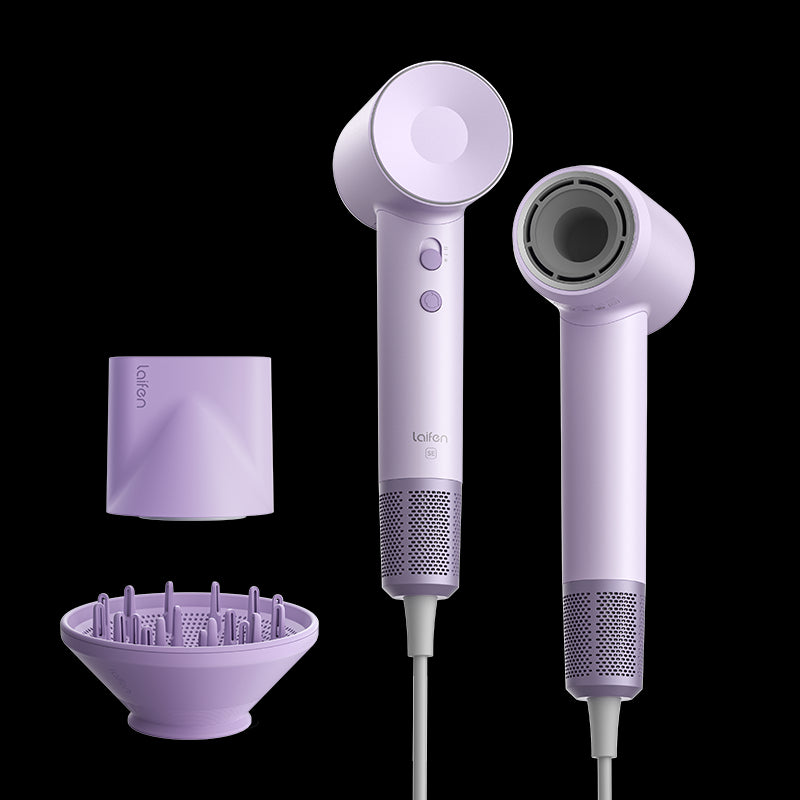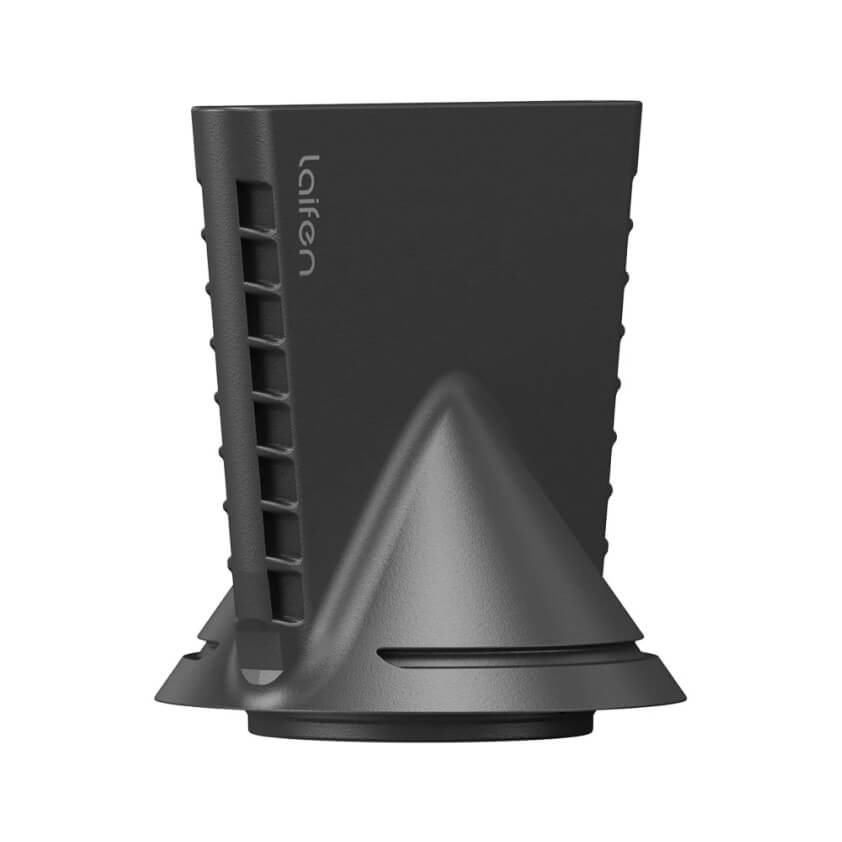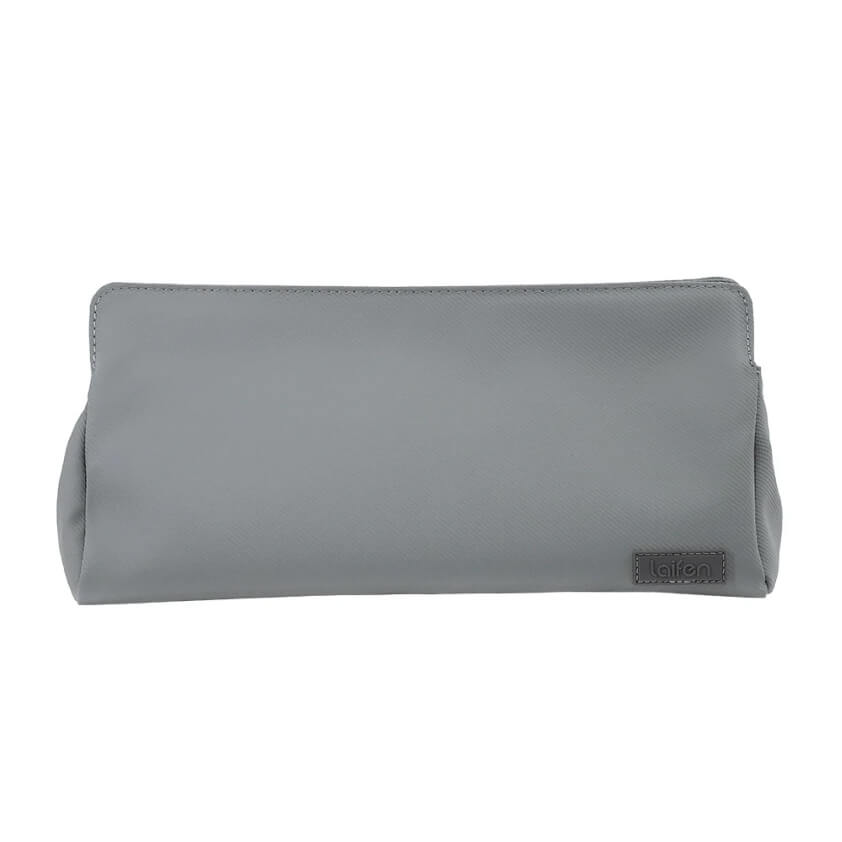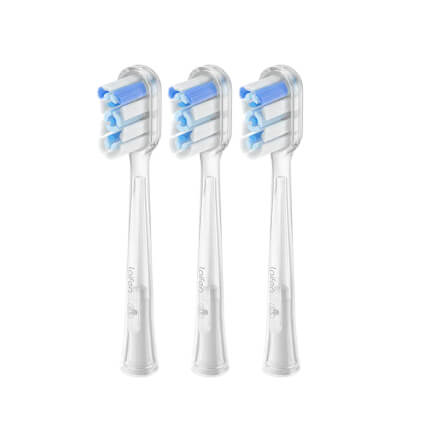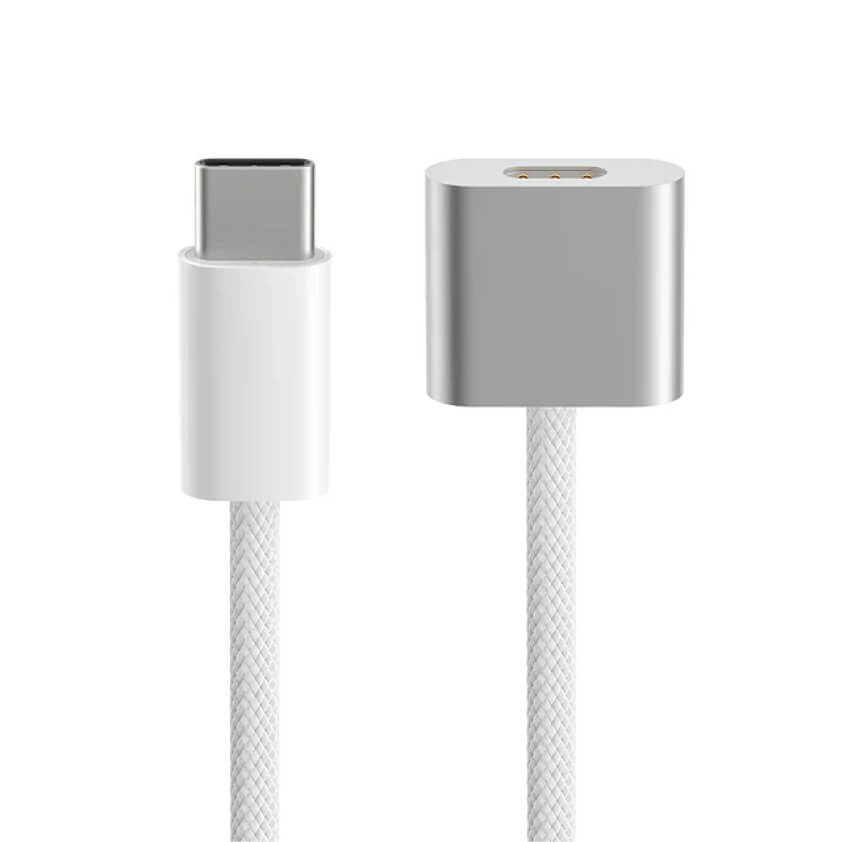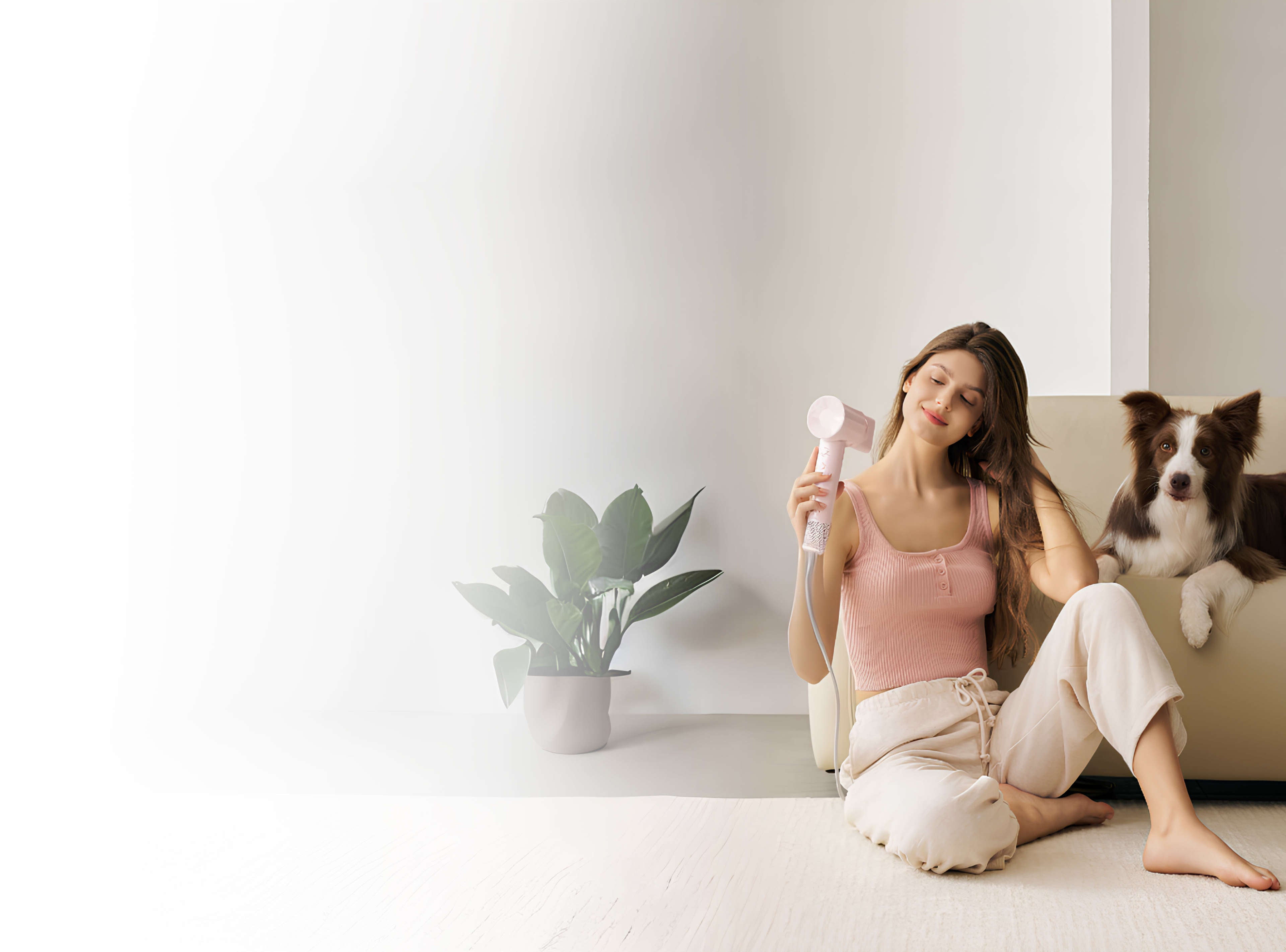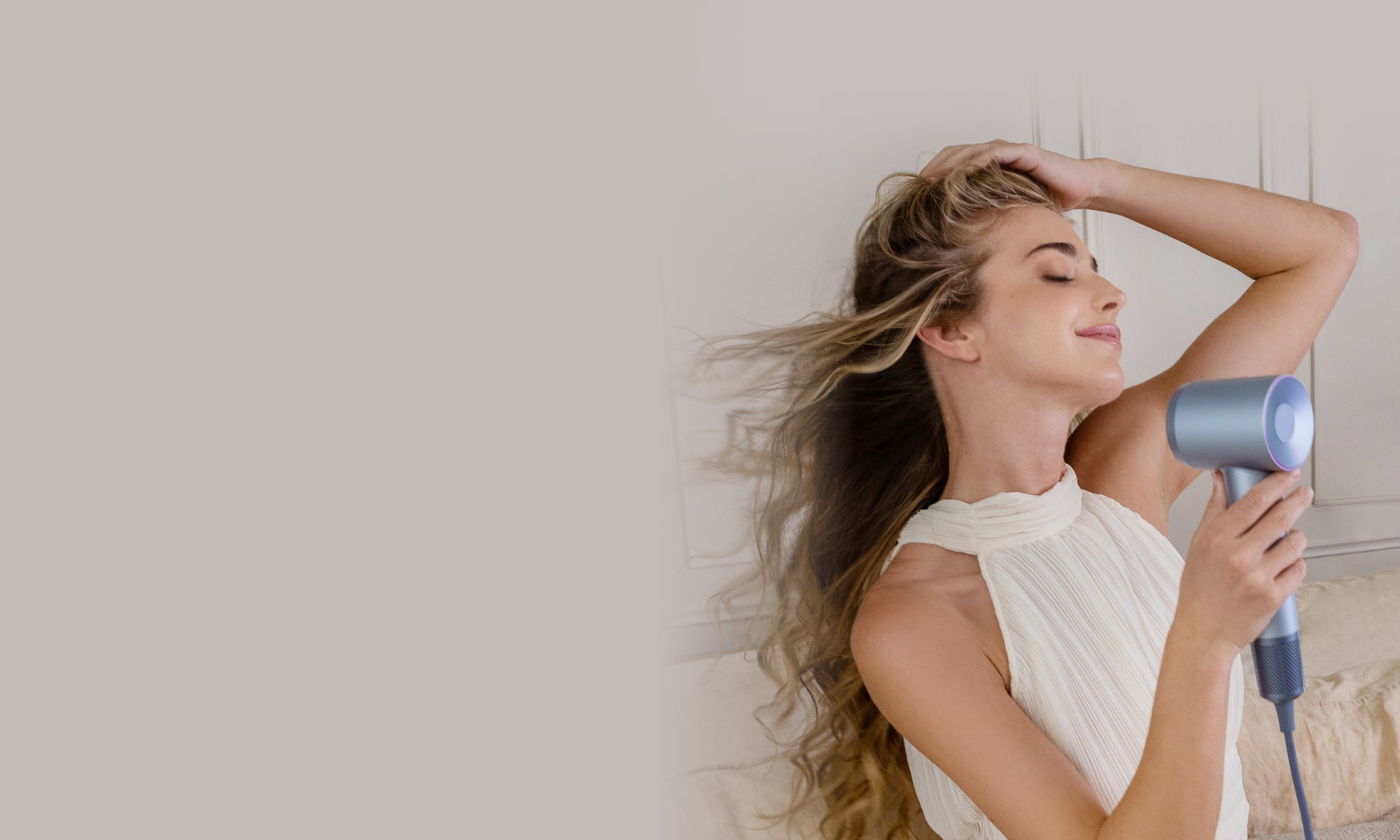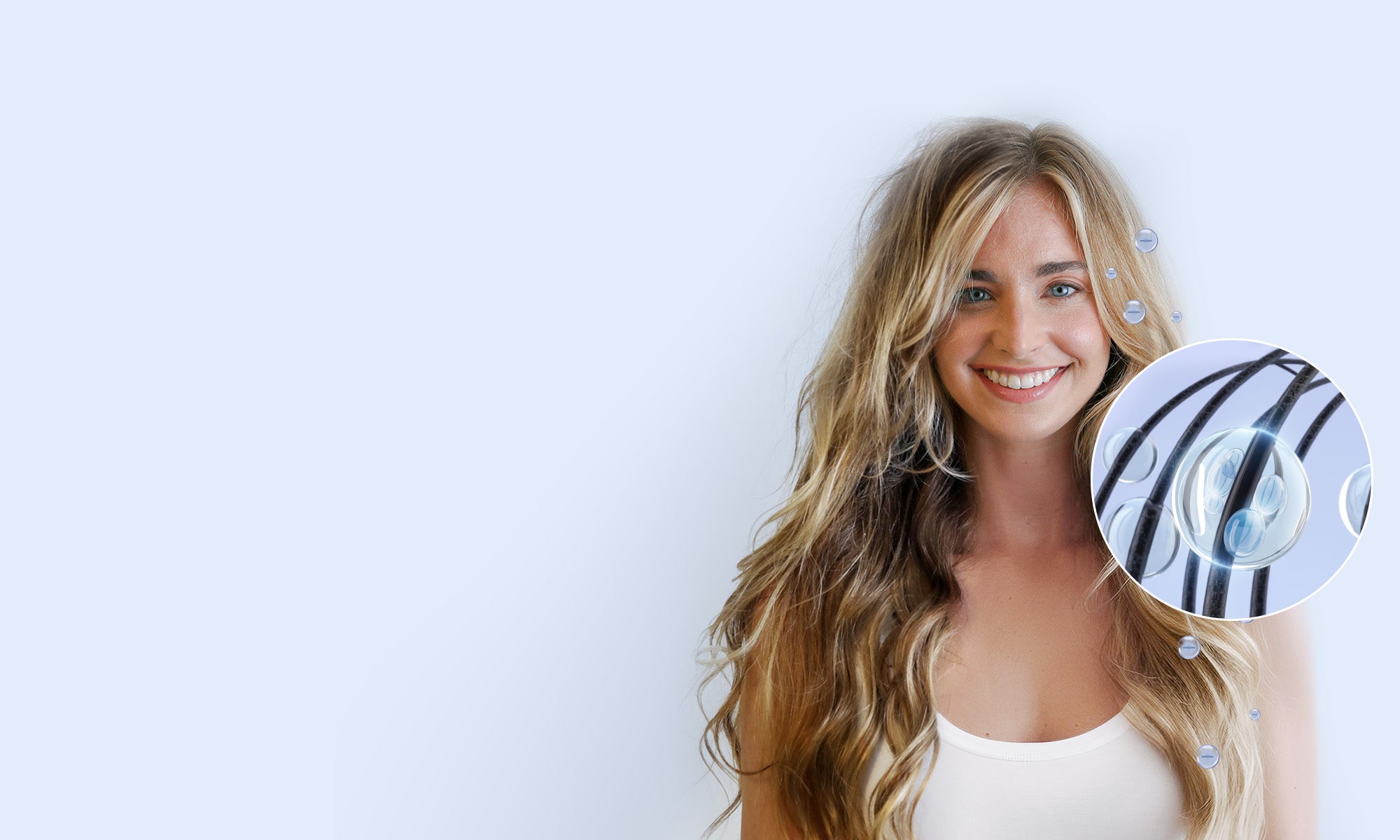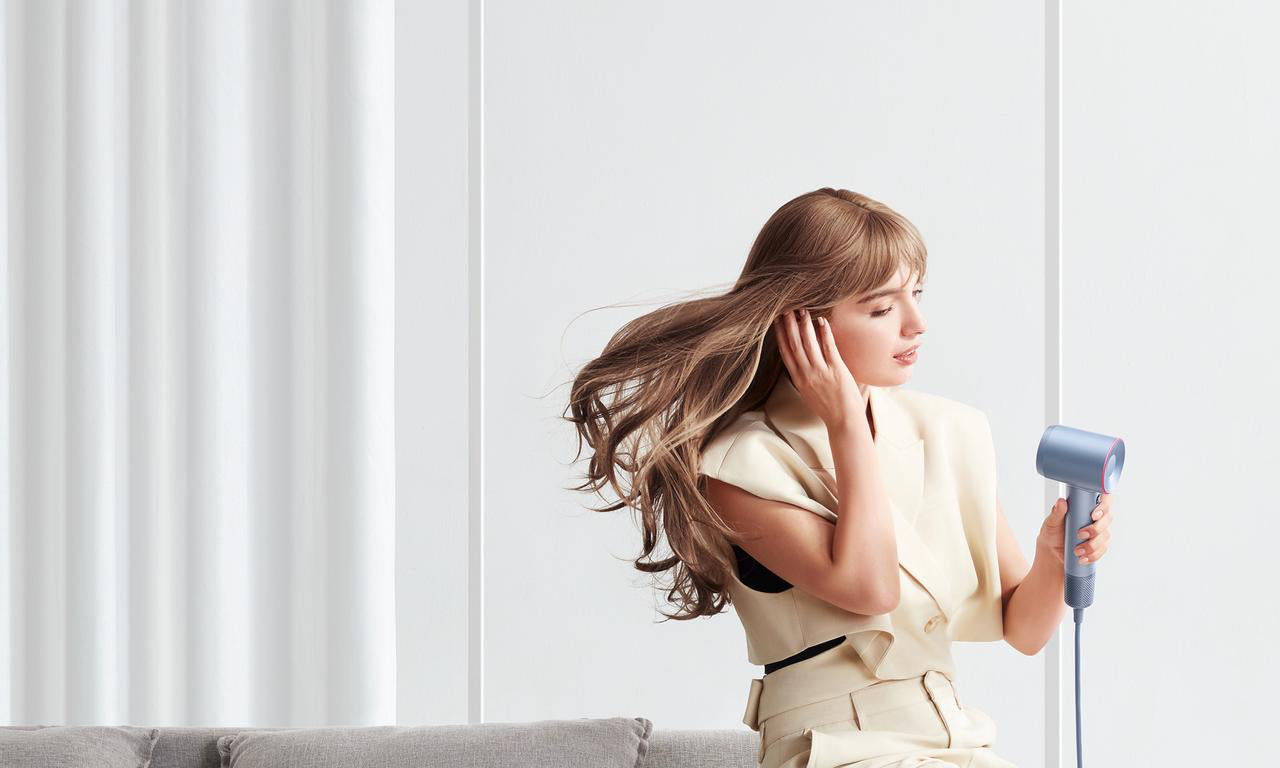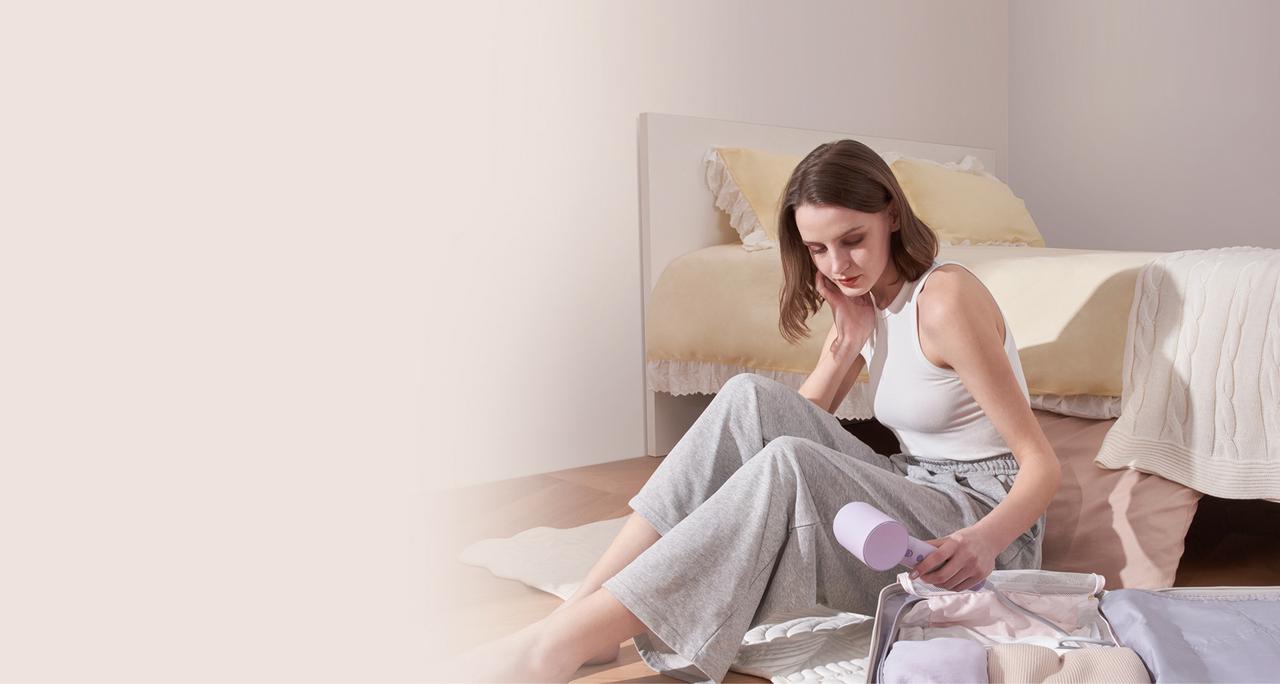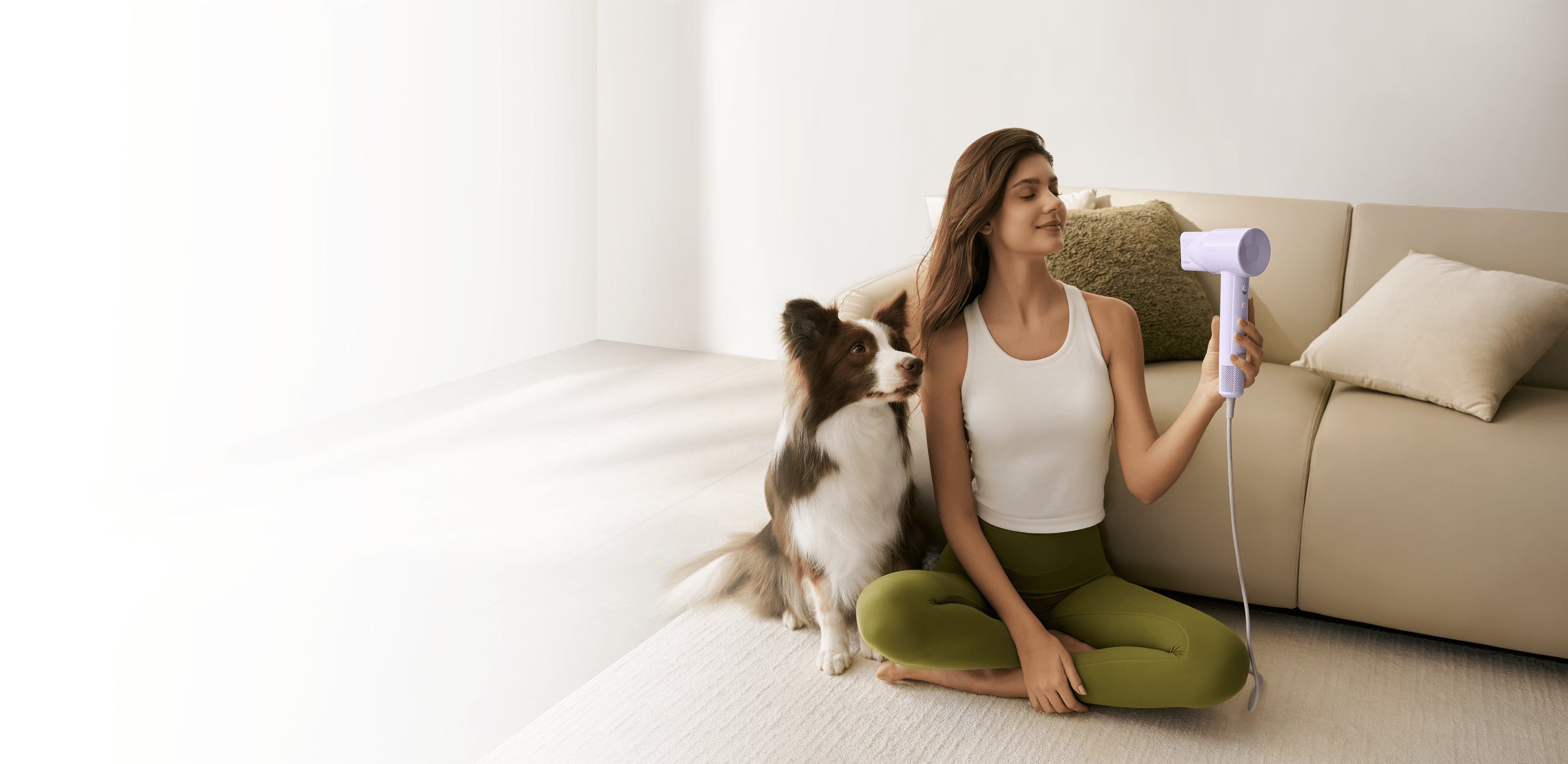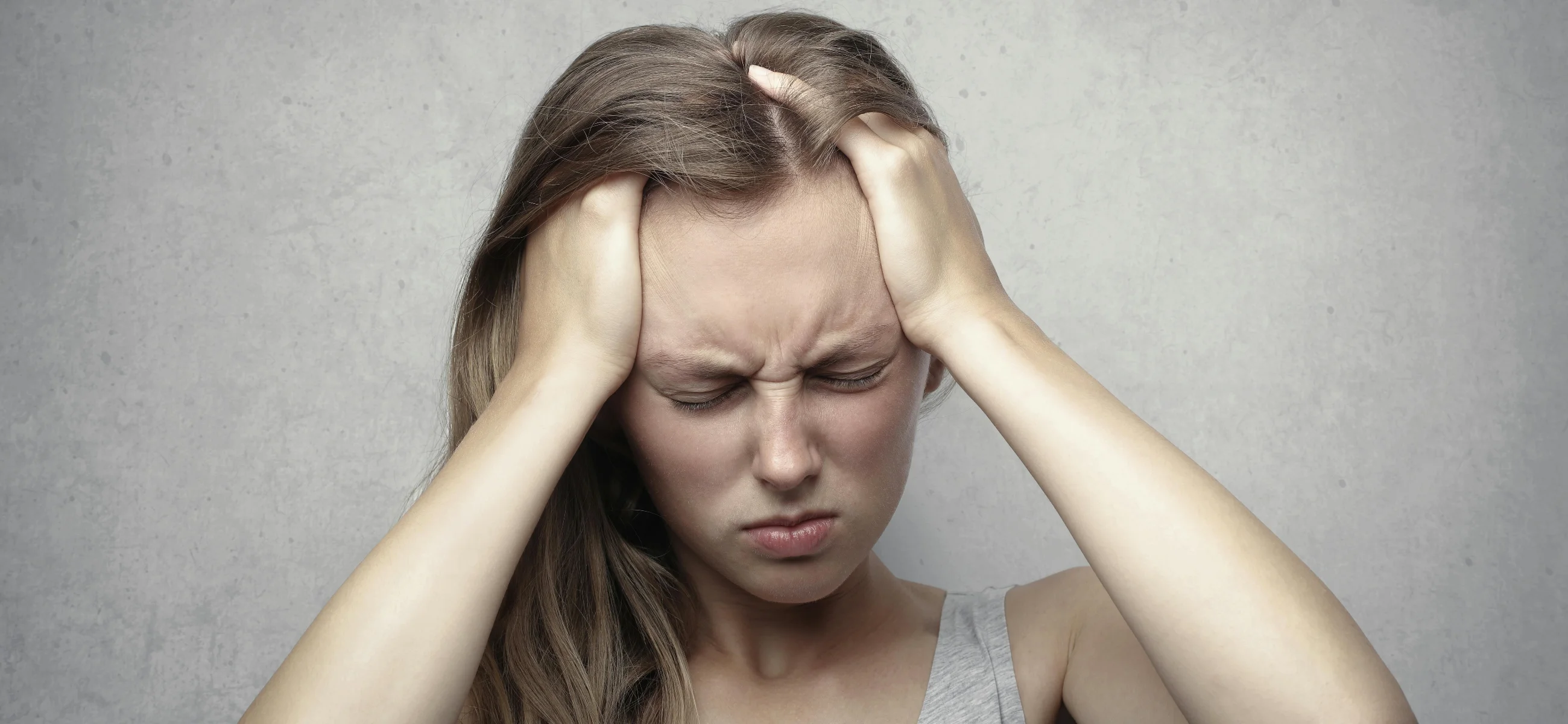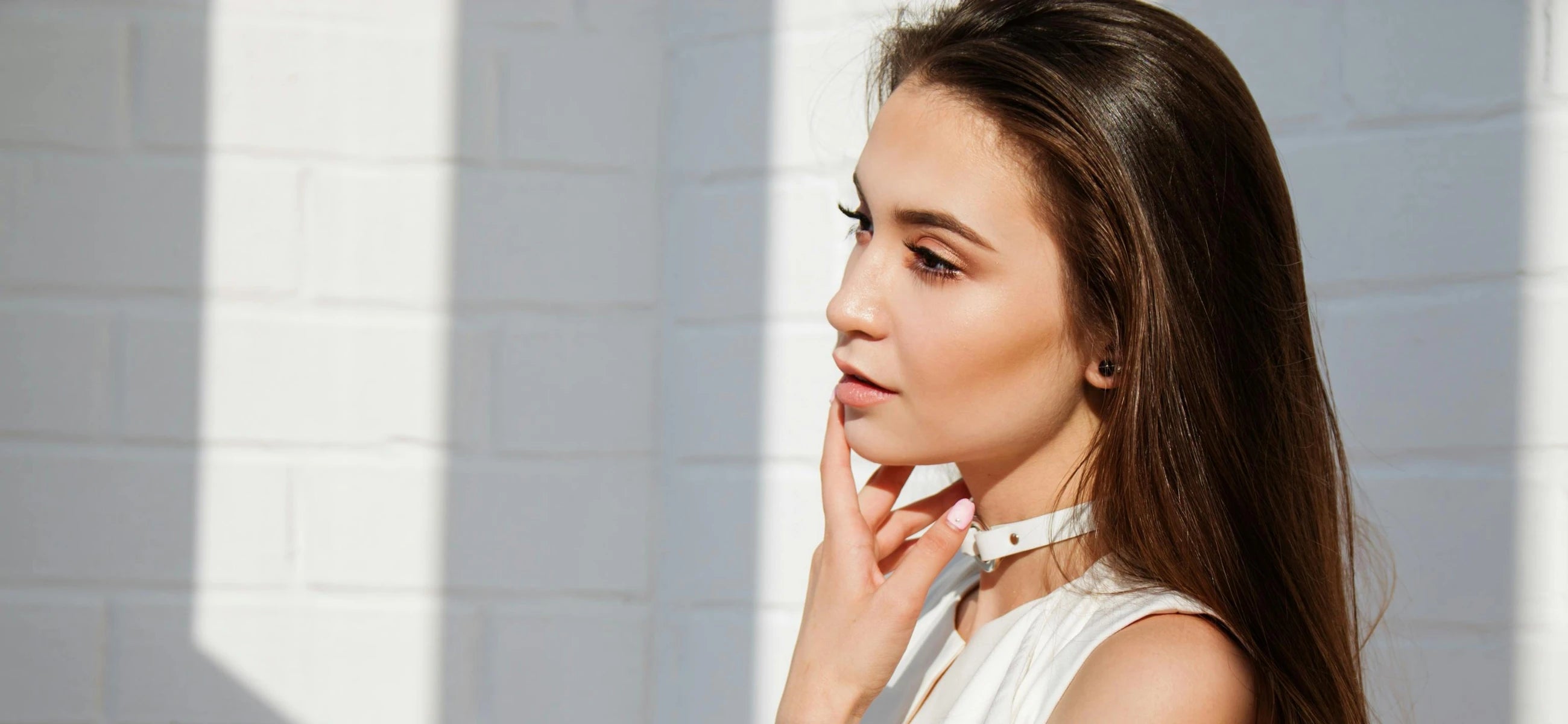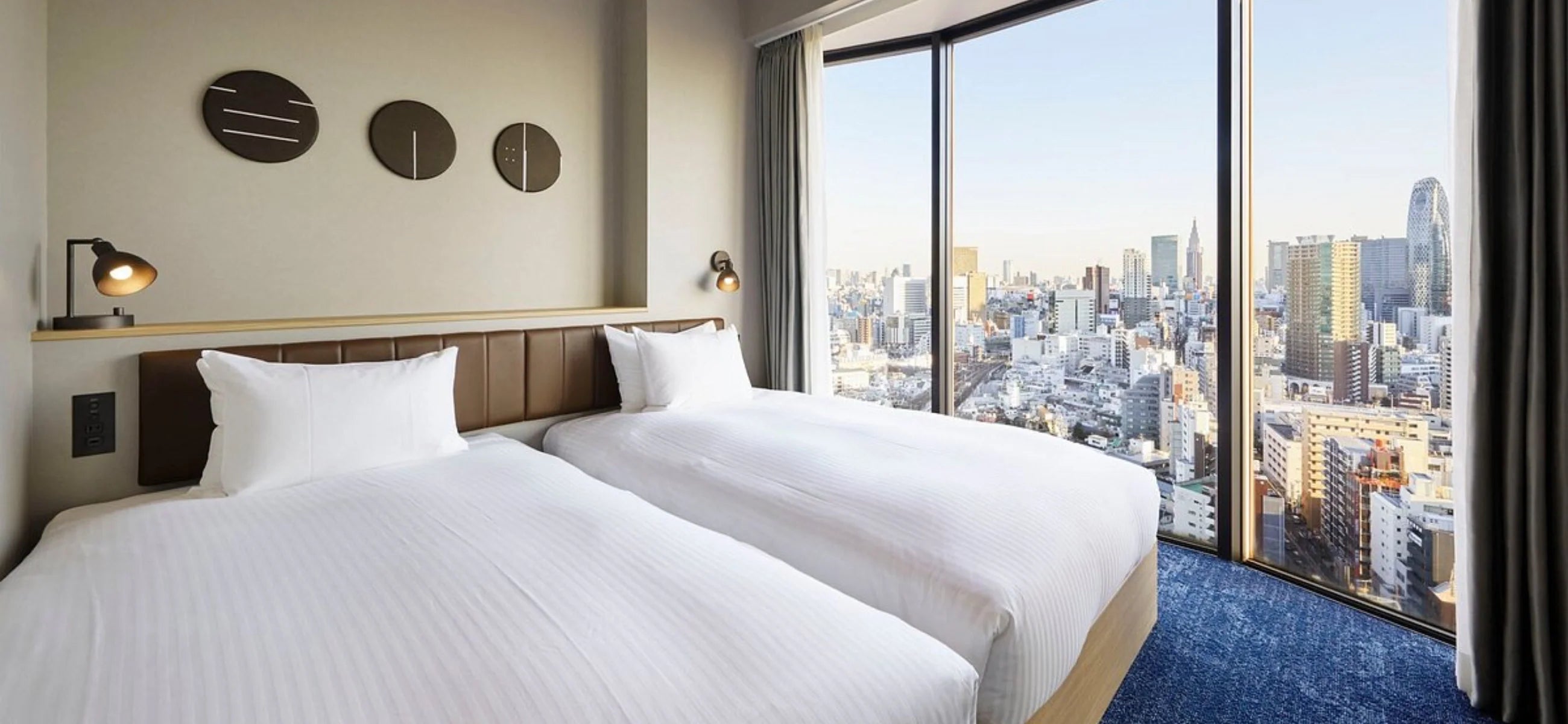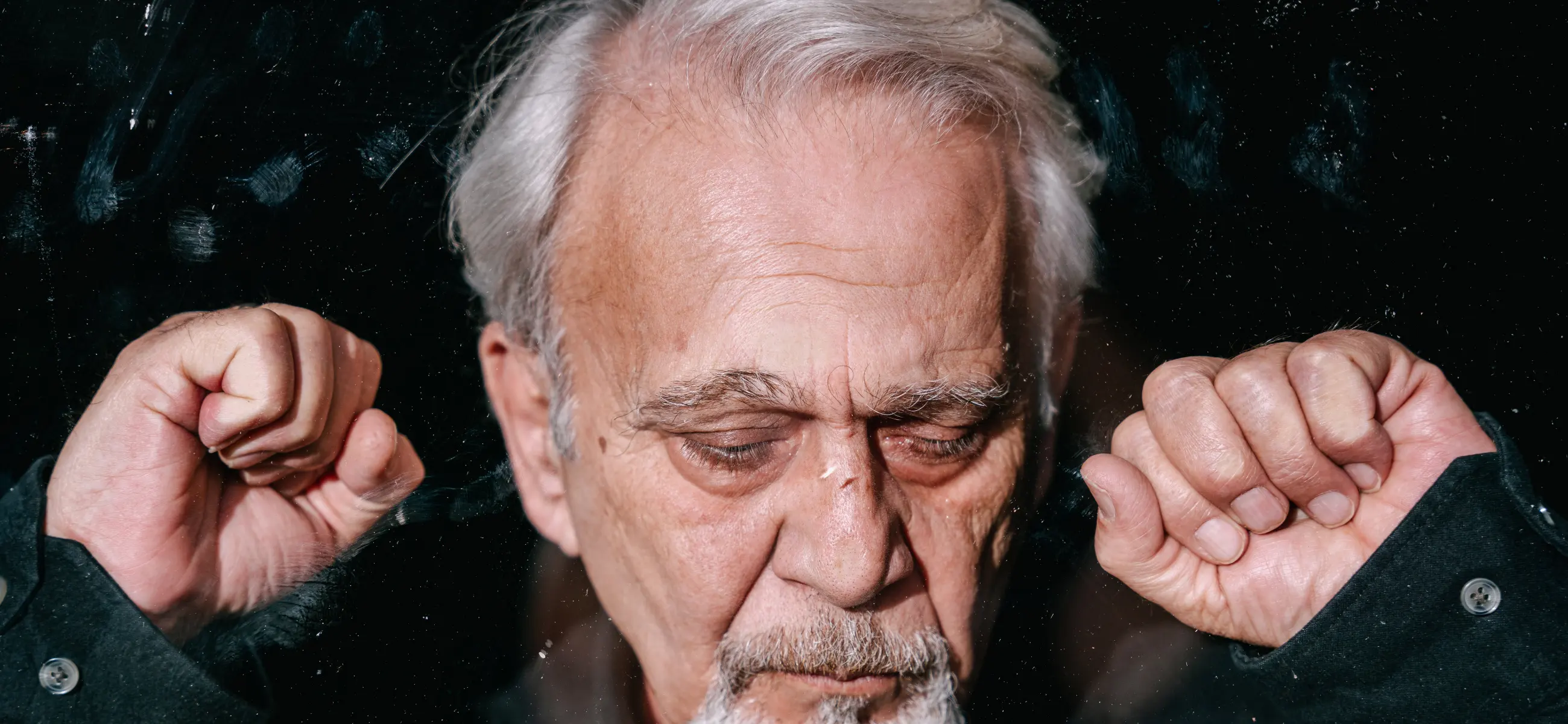
In this article
Research so far has shown no direct connection between hair loss and using creatine as a supplement, but that it can increase the release of dihydrotestosterone (DHT). DHT is produced by the breakdown of testosterone. If the DHT level is increased, the inflammation of the hair follicles is intensified. The hair roots are more severely damaged and can no longer produce new healthy hair. The remaining hair can grow weak and fall out prematurely. So there might be an indirect connection there.
Which vitamin deficiency causes hair loss?
A vitamin D deficiency alters or interrupts the hair follicle cycle. The body can produce 80 to 90 percent of the vitamin D it needs itself with the help of sunlight.
What causes hair loss?
Alopecia is when hair continuously falls out and does not grow back. Normally you lose around 70 to 100 hairs a day. These are the hairs you find on the pillow, in the hairbrush or the shower, for example. They usually grow back.
However, almost everyone's hair thins with age. If you lose more than 100 hairs a day over a longer period of time, this may indicate alopecia. The loss of hair is initially visible in a few hairless patches, which become larger over time. The cause of this so-called alopecia can usually be determined by a dermatologist.
Causes of hair loss
Various triggers can be responsible for the loss of hair. One of the most common causes, in both men and women, is congenital alopecia. Almost two thirds of men and around one in two women are affected. In men, the roots of the hair on the head gradually shrink. They react hypersensitively to the hormone DHT (dihydrotestosterone) so that strong hair no longer develops.
Why women suffer from hereditary alopecia has not yet been clarified. It is suspected that the hair roots also have an inherited high androgen sensitivity.
Around one million people in Germany are affected by circular hair loss (alopecia areata). It mainly affects children and young adults (up to around 30 years of age). This type of alopecia is an autoimmune disease in which the body's own tissue is attacked. This is either the hair roots on the scalp or elsewhere in the body. The disease is significantly more common in women of all ages than in men.
There are various possible triggers for diffuse hair loss (alopecia diffusa). These include a dysfunction of the thyroid gland and iron deficiency, but some medications and stress also cause hair to thin.
It is also known that hormone treatments such as hormone therapy during menopause or taking the contraceptive pill can have an influence on the reduction in hair density. Women are affected much more frequently than men. Children can also suffer from diffuse hair loss.
-
Alopecia due to inflammatory diseases: If the scalp is inflamed, this can also cause hair loss in places. The sooner treatment is carried out, the better the chances of preventing scarring and permanent hair loss.
-
Alopecia due to excessively tight hair plaits: If high pressure or tension is constantly exerted on the scalp when wearing a plait, this can promote alopecia.
-
Alopecia due to pathological pulling out (trichotillomania): In this impulse control disorder, those affected pull out their own hair. This can lead to the hair on the head thinning out considerably. In some cases, the scalp even becomes scarred so that the hair there no longer grows back.
-
Alopecia due to pseudopelade Brocq: The cause of this rare form of scarring alopecia is not known. It usually affects women between the ages of 30 and 55.
-
Covid hair loss is also a thing, but please note that it is totally normal to experience higher numbers of fallen hair after a fever. This is rather shedding than hair loss and normally not a reason to be concerned.
Hair loss in women
In women, the reasons for hair loss are often more varied than in men and range from stress, to braids that are too tight, to hormones. The exact reason should be diagnosed by a doctor so that you do not take measures that can worsen the condition.
However, wearing your hair down more often or switching to twisted hair ties can already help. After an accurate diagnosis, women also have a wealth of hair loss treatment options available to combat hair loss. For example, you can also use a special shampoo for hair loss. Another option is finasteride for hair loss.
How to prevent hair loss - Tips against hair loss
How can you effectively prevent alopecia? We give you tips for beautiful and healthy hair.
Tip 1. Adjust your diet
If the body has an abundance of nutrients such as zinc, biotin, folic acid and omega-3 fatty acids, as found in oily sea fish or high-quality vegetable oils, it can also put beneficial nutrients back into hair and nails.
A vitamin B complex also has a supporting effect. Avocados, dairy products, egg yolks, pulses and fish are the ideal hair superfoods. Nuts and seeds, mushrooms and broccoli also provide the body with valuable nutrients and vitamins.
Tip 2. Food supplements
Most people suffer from a vitamin D deficiency in the winter months, due to lack of sunlight, so taking vitamin D is recommended during the darker months. A vitamin and nutrient deficiency caused by prolonged stress can be prevented with a high-quality dietary supplement and a balanced diet. This supports your hair from the inside out and can stimulate healthy hair growth.
Tip 3. Regular visits to the hairdresser
Blow-drying, straightening or friction (e.g. on clothing) promote the development of split ends (brittle hair ends). Once the hair is damaged, it can no longer be easily repaired. To limit the damage at an early stage, we recommend regular visits to the hairdresser to have the ends of your hair trimmed.
Tip 4. Correct shampooing
Dermatologists recommend not washing your hair unnecessarily often. Hair should be washed every 2 to 7 days with a shampoo with a slightly acidic pH value and a water temperature of up to 37 degrees. Do not rub your hair dry, just dab it with a towel.
Tip 5. Do not neglect the scalp
A healthy scalp with good circulation is the basic prerequisite for healthy hair. The scalp can be specifically cared for with special serums, masks or oils. It is best to massage these into the scalp with gentle pressure for around 10 minutes to stimulate blood flow to the hair roots and thus improve the effectiveness.
Tip 6. Consistent sun protection
Not only our skin but also our hair needs comprehensive protection from damage caused by UV rays, especially during summer. A head covering works wonders here. Special sun protection products prevent the lengths from fading.

